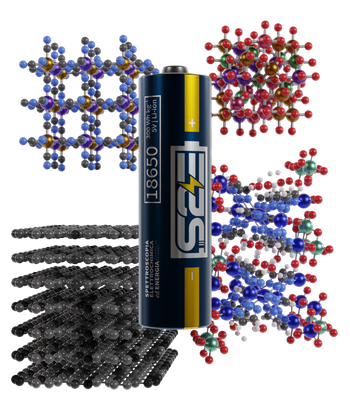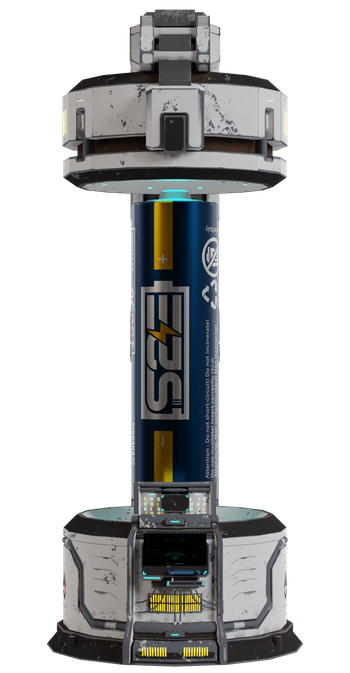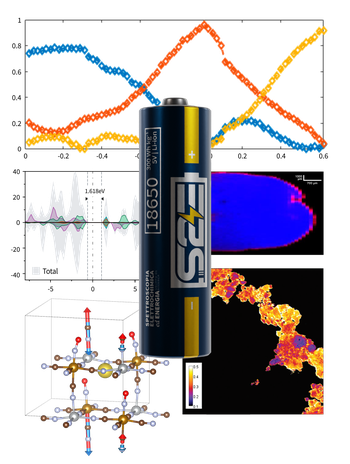About Us

S2E is at the forefront of spectroscopy-electrochemistry in the energy sector, with a mission to advance sustainable technologies. Our research spans battery materials synthesis, electrochemical characterization, and structural analysis, prioritizing affordability and safety. Our group has experience in both, ex-situ and operando spectroscopical investigation of battery systems. Advanced analytical methods of characterization are often applied, including synchrotron techniques.
MAIN ACTIVITIES (Pictures will be updated later)

New Electrode Materials Development for Electrochemical Applications
The research group specializes in synthesizing, characterizing, and applying new electrode materials for electrochemical applications. Our focus lies in developing electrochemical devices capable of functioning in real-world environments, utilizing modified electrodes (CMEs). Specifically, our investigations emphasize metal hexacyanoferrate (MHCF) cathodes, a subset of Prussian Blue Analogue (PBA) materials, alongside High Entropy Oxide (HEO) materials. On the anode side, our current endeavors primarily revolve around hard carbon and metal organic framework (MOF) anode materials.

Advanced X-ray Characterization Techniques for Materials
Our research group leverages a suite of advanced X-ray characterization techniques to unveil the intricacies of materials. In addition to electrochemical characterization methods such as potential-controlled techniques, electrochemical impedance spectroscopy (EIS), and quartz crystal microbalance with electrochemical impedance spectroscopy (EQCM), we employ a wide array of spectroscopic techniques including ultraviolet-visible spectroscopy (UV-Vis), Fourier-transform infrared spectroscopy (FTIR), Raman spectroscopy (RAMAN), scanning electron microscopy (SEM), transmission electron microscopy (TEM), atomic force microscopy (AFM), X-ray diffraction (XRD), X-ray fluorescence spectroscopy (XRF), and X-ray photoelectron spectroscopy (XPS).
Moreover, we utilize synchrotron facilities for high-resolution spectroscopic investigations, employing X-ray absorption near-edge structure (XANES), extended X-ray absorption fine structure (EXAFS), and high-energy X-ray diffraction (HEXRD). Our expertise extends to in-situ/operando measurements, as well as advanced techniques like transmission X-ray microscopy (TXM) and two-dimensional X-ray fluorescence (2D-XRF). Explore how we employ these cutting-edge methodologies to unravel the mysteries of materials.

Advancing Analytical Methodologies for Chemometrics Treatment
At our research group, we are dedicated to developing sophisticated analytical methodologies to enhance data analysis. We utilize advanced techniques such as Multivariate Curve Resolution - Alternating Least Squares (MCR-ALS) to analyze operando XAS data, enabling us to monitor changes in species concentration throughout the charge-discharge cycle. For 2D-XRF and TXM, we employ tailored data treatment methods to map the different oxidation states of metals accurately. Additionally, we utilize Density Functional Theory (DFT) calculations to gain a comprehensive understanding of material behavior during electrochemical processes. Explore how our innovative approaches drive insights into complex systems.